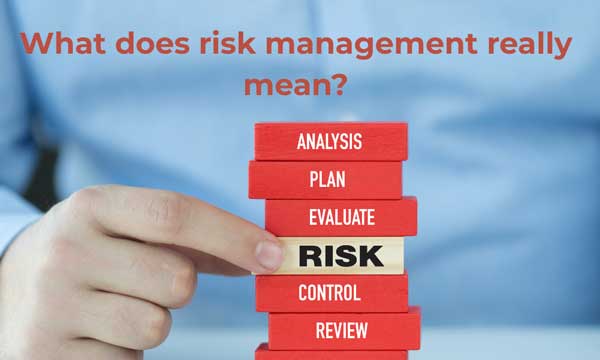ADI Part 3 Risk Management
How to pass your part 3 guide to lesson planning
Risk Management
This has been a problem from the outset of the new standards check. Risk management means spotting, reducing, and handling risks — but the title doesn’t make it clear who’s responsible for what.
Let’s call it ‘Job Share’. For things to run smoothly, we need to know who’s doing what. That way, nothing gets missed, we avoid stepping on each other’s toes, and we can ask for help when needed.

- Did the trainer ensure that the pupil fully understood how the responsibility for risk would be shared?
What are the tasks? What are the risks? What is the pupil in charge of? What do they expect from you as their trainer? And if that changes — how will they tell you?
What if things shift and you suddenly need to take control?
A common myth is that you have to say, “I have dual controls and I’ll use them if needed.” But what do those duals actually mean to the pupil?
Early on, they might feel like safety and support. Later, closer to independence, they might feel like failure. You won’t know unless you ask.
Key ideas: Shared responsibility. Clear roles. Open communication.
- Were directions and instructions given to the pupil clear and given in good time?
This skill is pretty straightforward.
It’s often about knowing when to change how much help or instruction you’re giving. A great tip: record yourself during a lesson and listen back — you might be surprised by what you actually say.
Key words: Clear, good timing.
- Was the trainer aware of the surroundings and the pupil’s actions?
Were you looking in the right place at the right time?
This falls under risk. Did you notice what was going on around you? Did you see what the pupil did — or didn’t do? And did you spot it early enough?
This links closely to giving timely instructions (see Competencies 6 & 8).
Think: checking blind spots, not just mirrors, and actually watching your pupil.
- Was any verbal or physical intervention by the trainer timely and appropriate?
Your voice is your first dual control — use that before anything else.
If you need to step in, do it at the right time. And if you do, make sure to explain why and chat about it after (see Competency 9).
Words to keep in mind: Or, timely, appropriate.
- Was sufficient feedback given to help the pupil understand any potential safety critical incidents?
Does the pupil get what happened?
Does the trainer know why it happened?
Does the pupil understand what the trainer did and why?
Do they understand what could’ve happened as a result?
Make sure you talk about how to prevent it in the future — what could be done differently next time? (This might be a good moment to adjust the plan!)
The Risk Management/Job Share section is really important because If you score 7 or less, it’s a fail. Also, if the examiner thinks you’re acting dangerously, they can stop the test and give you an immediate fail.
Find out more about how to pass any of the driving instructor tests. We provide training for all aspects of driving instructor training. Also our advice is freely given to anybody wishing to embark on a new career as a driving instructor.
